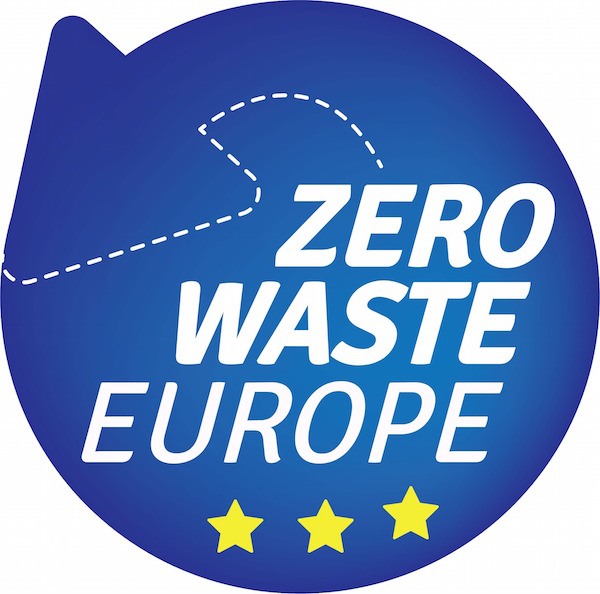Every year since 2010, teams of highly skilled designers from all over the world have competed to find the best solutions to urban challenges in major European cities such as Paris, Amsterdam and Saint Petersburg. This competition is the heart of the European Street Design Challenge. With the cooperation of local government officials, areas within the cities are identified as needing improvement and selected as the targets of redesign. Teams of designers then travel in from across the world and are provided with an open studio space and hotel rooms near the targeted areas. The design teams are composed of those beginning their design career and design students in their final year of school. They gain valuable experience from their participation and have the opportunity to create a useful design that cities can choose to implement. Initially, the designers are given a tour of the city, but then they are released on their own to innovate, design, and problem solve in a way that will best suit the area’s needs. The entire process is collaborative: designers interact with politicians and citizens to find out what is culturally and socially appropriate and necessary for that area. Then, they use high tech digital tools and prototypes to model their best solution to the urban challenge.
The challenge is the brainchild of Creative Cooperative, an organization that promotes collaborative and innovative solutions in multiple aspects of society. Creative Cooperative was founded in 2009 by Andrew Bullen and Janine Huizenga. ILSR had the opportunity to interview Andrew Bullen, who told us that the idea of an open design process was relatively new when the challenge began and the challenge was inspired by the potential of open design coupled with a multicultural approach. By bringing designers in from across the globe, the European Street Design Challenge allows for a truly open design process where all ideas and solutions are welcomed. The Challenge was initiated in 2010 in Amsterdam. The first Challenge was between six French and Dutch teams and the goal was to redesign and digitize a historic and culturally significant, but socially and economically fragmented street in Amsterdam. The designers were given three days to finalize their plans and the winning team was granted the European Street Design Award. Each team came up with a unique, high-tech way to enhance the historic street and the Challenge was a learning experience for everyone involved. The winning team generally has the best chance at getting their design implemented, but the solutions proposed by all the design teams add to the possibilities available for the city in which the Challenge took place and cities across the globe facing similar issues.
Since 2011, the Challenge has received particularly strong support from the citizen-oriented Futur en Seine Festival in Paris, and the forward-looking local government of the Seine-Saint-Denis area, adjoining the eastern side of Paris. In 2016, the most recent ESDC was held in Montreuil and designers from eight different countries gathered for the event. The winning design was heavily influenced by how locals were already using the target area and by what they hoped to get out of it. Andrew Bullen emphasizes the critical role of local participation in this challenge: “everyone is an expert about their locality.” People know the inner workings of their neighborhood and their expertise is a critical component of the Design Challenge. Bullen finds that it is crucial to “give people ownership of what is going on in their city” otherwise it is easy for citizens to pull away from goals they feel left out of. Bullen believes that locals can learn new skills and become an active part of the design process. Many design approaches include locals by bringing designs to them and asking for their approval, but the European Street Design Challenge engages cities from the outset of the design process including them even in the formation of design ideas.
By bringing in teams of designers from across the globe, the challenge fosters diverse solutions, but each team also has to envision a solution that is inclusive and accessible to city locals. This unique approach celebrates cultural diversity and allows for a multi-dimensional evaluation of a challenge with the end goal being an highly innovative solution that can foster future development. The Challenge promotes developing new ideas to solve city problems, but it also stresses that even the best designers cannot proceed without knowledge of and input from the area and people they are serving. The takeaway message from this challenge is that design needs to be a team effort: designers, residents, associations, local business, and local government. We can expect to see the Challenge continue and find new communities to take place in; Bullen assured us that they are open to new opportunities and excited to move forward! Redesign is a critical component of a zero waste plan, and ILSR hopes that future Challenges can address waste and recycling issues.
For more information visit the ESDC website.
Follow the Institute for Local Self-Reliance on Twitter and Facebook and, for monthly updates on our work, sign-up for our ILSR general newsletter.





